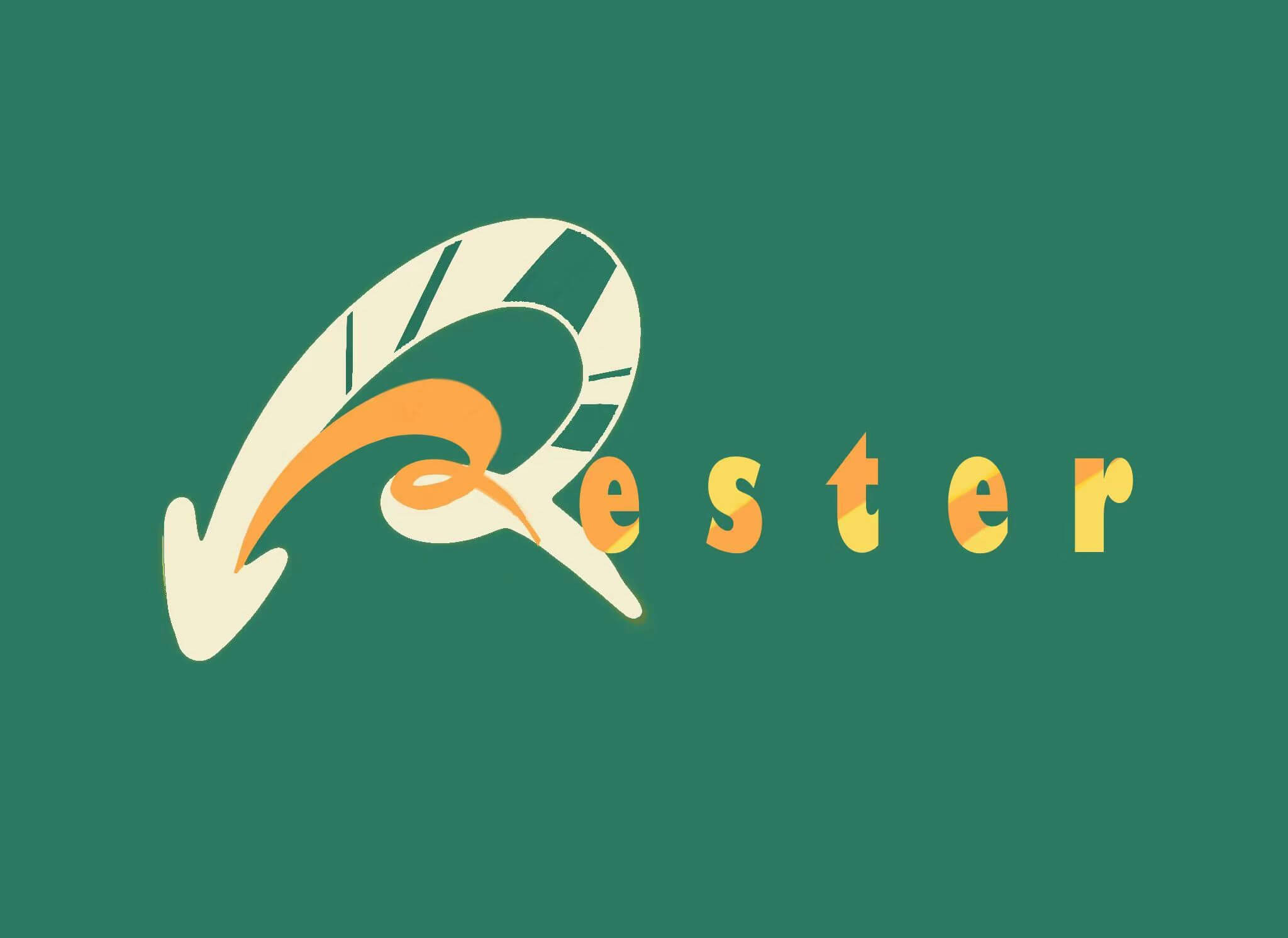Difference between revisions of "Part:BBa K4162118"
(→Successful product expression) |
|||
| Line 20: | Line 20: | ||
[[File:T--Fudan--Agarose gel electrophoresis--crtEBIY.png|400px|thumb|none|'''Figure 1. T--Fudan--Agarose gel electrophoresis--crtEBIY.png.''' The first lane was loaded with D2000 DNA ladder whose sizes were marked on the image. We chose Taq DNA polymerase for its low cost and high reliability, and we designed forward and reverse primers for each carotene synthesis enzyme (crt for short). The PCR reaction was composed of 2 μL 10x Taq polymerase buffer, 16 μL H2O, 0.5 μL Taq polymerase, 0.5 μL dNTP (10 mM each), 0.5 μL forward primer (10 mM), 0.5 μL reverse primer (10 mM), and 1 μL bacterial culture or 1μL colony. Using the same forward primer, and different reverse primers, we were able to detect the composition of various crt genes. After PCR, the correct bacterial clones were sent for Sanger sequencing. Once verified, these clones would be used for further experiments. The sequences of primers are: > 5-crtE 5-ATGACGGTCTGCGCAAAAAAAC-3; > rev320crtB 5-CCTTCCAGATGATCAAACGCGTAAG-3; > rev320crtE 5-ATGAGAATGAATGGTAGGGCGTC-3; > rev320crtI 5-GGATTAAACTGCTGAATCTGCGCTTC-3; > rev320crtY 5-CCGCGGTATCCATCCACAAG-3.]] | [[File:T--Fudan--Agarose gel electrophoresis--crtEBIY.png|400px|thumb|none|'''Figure 1. T--Fudan--Agarose gel electrophoresis--crtEBIY.png.''' The first lane was loaded with D2000 DNA ladder whose sizes were marked on the image. We chose Taq DNA polymerase for its low cost and high reliability, and we designed forward and reverse primers for each carotene synthesis enzyme (crt for short). The PCR reaction was composed of 2 μL 10x Taq polymerase buffer, 16 μL H2O, 0.5 μL Taq polymerase, 0.5 μL dNTP (10 mM each), 0.5 μL forward primer (10 mM), 0.5 μL reverse primer (10 mM), and 1 μL bacterial culture or 1μL colony. Using the same forward primer, and different reverse primers, we were able to detect the composition of various crt genes. After PCR, the correct bacterial clones were sent for Sanger sequencing. Once verified, these clones would be used for further experiments. The sequences of primers are: > 5-crtE 5-ATGACGGTCTGCGCAAAAAAAC-3; > rev320crtB 5-CCTTCCAGATGATCAAACGCGTAAG-3; > rev320crtE 5-ATGAGAATGAATGGTAGGGCGTC-3; > rev320crtI 5-GGATTAAACTGCTGAATCTGCGCTTC-3; > rev320crtY 5-CCGCGGTATCCATCCACAAG-3.]] | ||
| − | ====Successful | + | ====Successful production of beta-carotene==== |
| − | Figures 2 | + | Figures 2 show that ''E. coli'' transfected with plasmid expressing this biobrick successfully produce beta-carotene, using our introduced modules. |
| − | + | ||
| − | + | ||
| − | + | ||
| − | + | ||
| + | [[File:T--Fudan--118.png|400px|thumb|none|'''Figure 2.''' Overnight culture of bacterial expressing module crtEBIY was centrifuged at 13000 rpm for 1 minute. The bacterial pellet is yellow.]] | ||
Revision as of 17:17, 11 October 2022
ribozyme+RBS+CDS module: crtEBIY
Introduction
This biobrick was created through overlapping PCR of BBa_K4162009(ribozyme+B0_RBS+crtE), BBa_K4162013(ribozyme+T7_RBS+crtB), BBa_K4162016(ribozyme+T7_RBS+crtI) and BBa_K4162019(ribozyme+T7_RBS+crtY). These genes are a part of the carotenoid biosynthesis pathway and together, this biobrick converts farnesyl pyrophosphate to beta-carotene. In this part, the RNA sequences of hammerhead ribozyme conduct self-cleaving, and the polycistronic mRNA transcript is thus co-transcriptionally converted into individual mono-cistrons in vivo. Self-interaction of the polycistron can be nullified and each cistron can initiate translation with comparable efficiency.
Contents
Usage and Biology
We transfected this biobrick into E. coli to build single-cell factory for beta-carotene production. Coding sequences of crtEBIY are separated by ribozyme sequences. In this part, the RBS of crtBIY has equal intensity while the RBS of crtE is significantly stronger than the others. Since crtE catalyzes the first step of the carotenoid reaction chain, the concentration of substrate for the reaction catalyzed by this enzyme is significantly higher than for the next three steps of the reaction. To avoid more serious flux imbalance problems, we boosted the RBS intensity of crtE only in this biobrick and explored whether the carotenoid production of the strain could be significantly enhanced.
Characterization
Agarose gel electrophoresis

Successful production of beta-carotene
Figures 2 show that E. coli transfected with plasmid expressing this biobrick successfully produce beta-carotene, using our introduced modules.
Sequence and Features
- 10COMPATIBLE WITH RFC[10]
- 12COMPATIBLE WITH RFC[12]
- 21INCOMPATIBLE WITH RFC[21]Illegal BamHI site found at 2202
- 23COMPATIBLE WITH RFC[23]
- 25INCOMPATIBLE WITH RFC[25]Illegal NgoMIV site found at 1681
Illegal NgoMIV site found at 1811
Illegal AgeI site found at 839 - 1000COMPATIBLE WITH RFC[1000]


